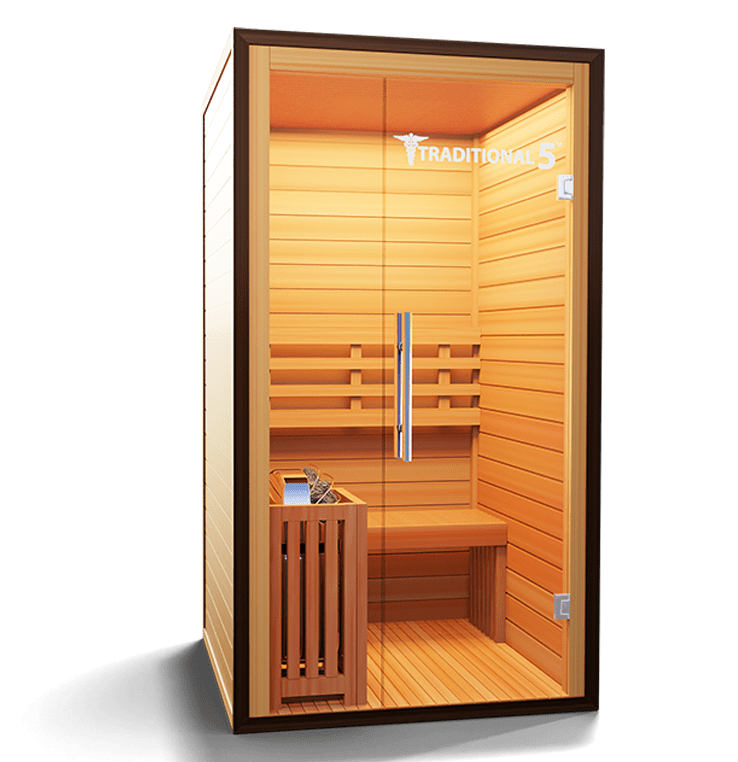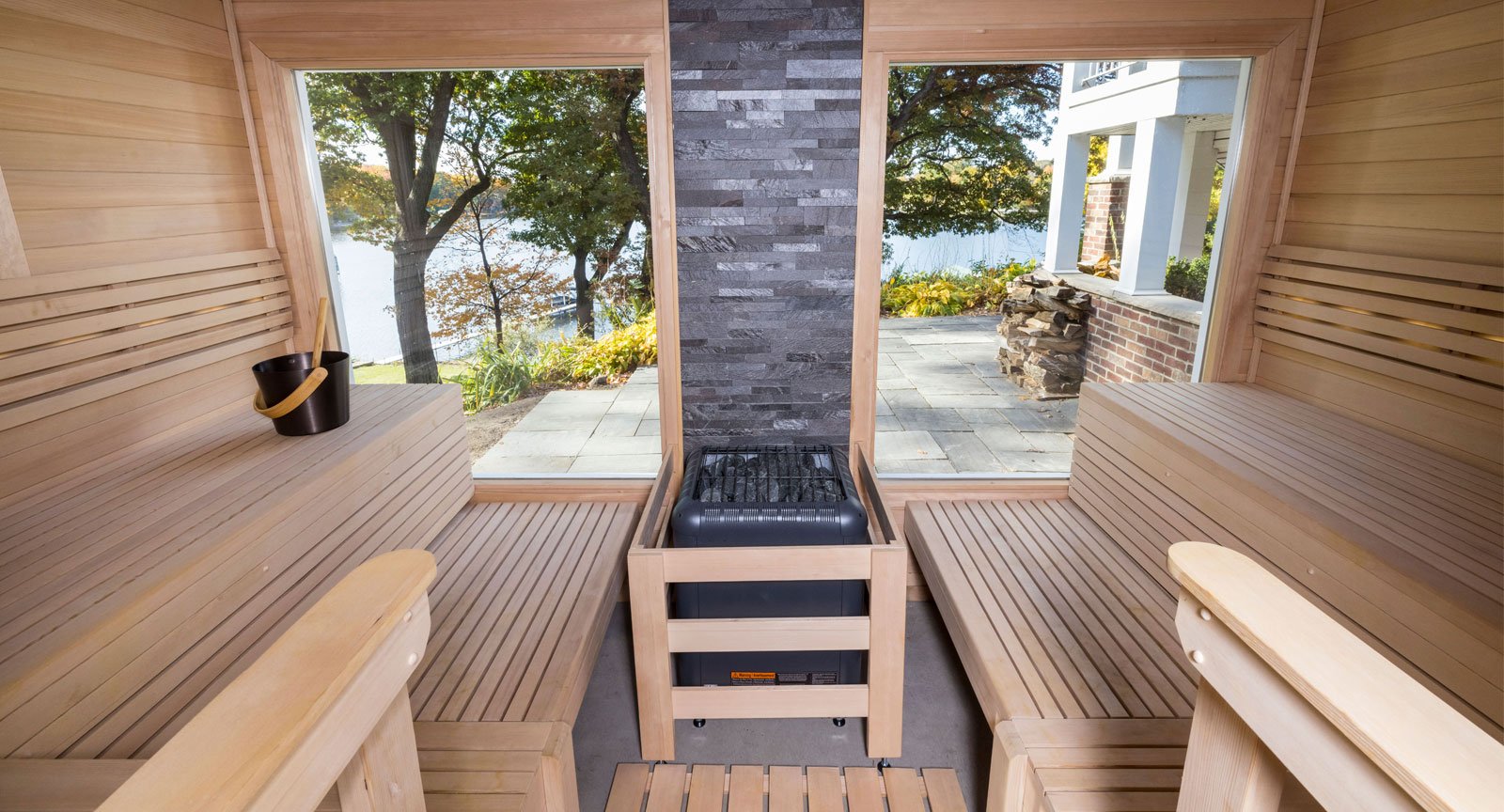All about Traditional Sauna
All about Traditional Sauna
Blog Article
Some Ideas on Traditional Sauna You Should Know
Table of ContentsTop Guidelines Of Traditional SaunaTraditional Sauna Fundamentals ExplainedTraditional Sauna Things To Know Before You Get ThisAll About Traditional SaunaThe Only Guide to Traditional Sauna
A lot of the weight lost in a sauna is water loss and is re-gained upon rehydrating. Nevertheless, without an uncertainty sauna can be a vital part of a healthy weight-loss program. To consider the distinctions in between traditional and IR saunas, I will divide these right into verifiable, theoretical, and fabricated distinctions.Thus, the most popular factor in the saunawhich is at the ceiling straight above the sauna heateris commonly in between 185 and 190 F. Claims that a typical sauna exceeds 200 F is merely not true and not applicable for electric saunas sold in the United States. The temperature for a far-infrared sauna is generally set in between 120 and 140 F; however, unlike the traditional sauna, the objective in and IR room is not to attain a heat.
As a result of this, the temperature distinction is nearly irrelevant, given that profuse sweating results in both sauna types, but the technique of heating the body is different. In an IR sauna the bather will really feel warm and will sweat a lot, but at a lot reduced temperature levels (Traditional Sauna). Therefore, if the objective is to spend longer time periods in the sauna, the IR sauna is a good option
When a conventional sauna has actually been properly heated up, the sauna wall surfaces are cozy, the air temperature level has accomplished established temperature level and the rocks are extremely heated. As an interesting side note, the heated wall surfaces and the rocks are releasing far-infrared warm, incorporated with the heated air, to develop an "wrapping up heat".
The Basic Principles Of Traditional Sauna

When the heat is accomplished, the elements cycle on and off to preserve the heat. Most conventional sauna customers appreciate putting water over the rocks to produce steam to increase sauna moisture degrees. The benefits of pouring water over the rocks consist of: making the area a lot more comfortable, moistening the nasal passages, and permitting the usage of aromatherapy by blending vital oils with the water.

When the energy enters the body, a knockout post it creates the body temperature level to enhance and ultimately causes perspiration. In an infrared sauna it is necessary for the emitters/heaters to stay on nearly constantly. Since there is no mass of rocks to retain heat, the sauna will cool if the emitters shut down.
As pointed out above, the sauna bather in an infrared space wants to place himself before running emitters to obtain maximum benefit from the heat. The home heating time for the two rooms can be very various, depending upon just how the areas are utilized. For a standard sauna, a bather needs to allow 30-40 minutes for the room to achieve a wanted temperature level and to appropriately pre-heat the rocks.
Traditional Sauna - Truths
A well built sauna will generally accomplish a temperature level of 150-160 F in about 30-40 minutes. For hotter temperature levels, the room might need to warmth for a longer duration.

Conventional saunas often tend to be bigger (hence use more electricity) than infrared saunas, although traditional saunas are certainly offered in one and two person sizes. For a two-person conventional sauna, 5x6 or 5x7 size is most prominent. The leading bench can easily seat two or three people and is also enough time to relax during the sauna session.
See This Report about Traditional Sauna
The average price per kWH of electrical power in the U.S. is about $0.11, so a 4.5 kW heating unit will certainly set you back approximately $.50 to run for one hour, if the heating unit runs continuously for one hour. Generally a sauna heating system will run for 75% of the first hour and 50% of subsequent hours on since the components cycle once the established temperature level is attained.

There is a seldom discussed difference in the social experience between the two spaces. While our culture has lost a few of the social advantage of the standard sauna experience, it can be really socially fulfilling (Traditional Sauna). From family time in the sauna, to heart-felt conversations with significant others, to sauna partiesthe conventional sauna experience can bring about intimate socializing
10 Easy Facts About Traditional Sauna Described
Most greater end infrared rooms consist of colored light therapy, audio systems and full-glass fronts.
Report this page